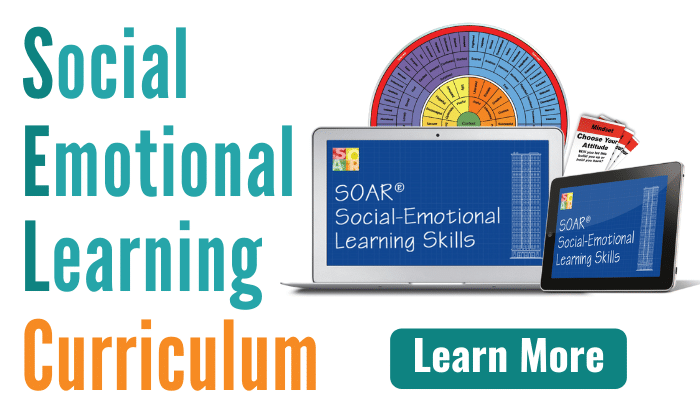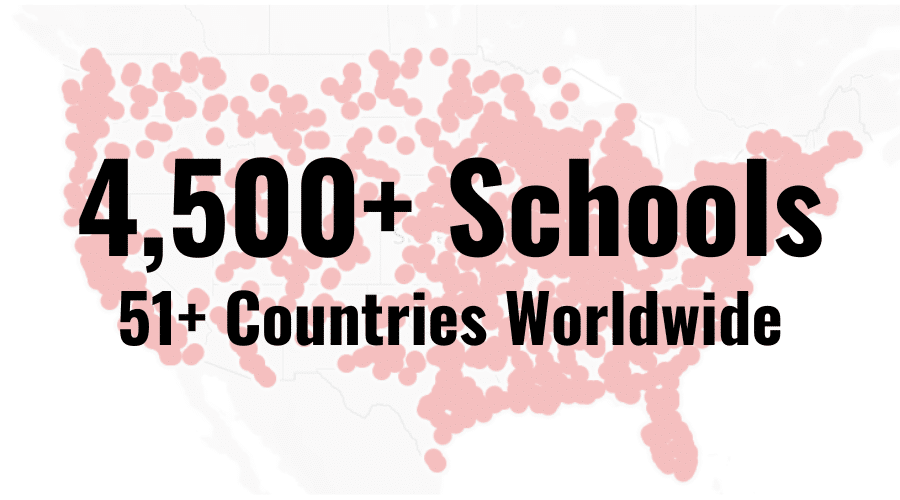Naming Feelings: Feeling Better by Making the “Invisible, Visible”
Naming feelings is a simple, yet powerful, mind-hack that can relieve stress and leave you feeling better quickly (not to mention dramatically improving your interaction with others).
The process of naming feelings is actually quite easy, (click here to learn why it works) but having the awareness to name your feelings is the challenge. That’s because our true feelings our often invisible to us.

Naming feelings can relieve stress and leave you feeling better quickly.
You’re about to see why…
After a long day at work, I came home and started yelling at my wife… well, not exactly, but kinda.
What really happened was I came home to find my wife, Susan, helping our children with their homework. Being that it was dinner time, I jumped into preparing dinner for the family. That’s right about when Susan unknowingly stepped on a landmine by asking me, “So, how was your day?”
That was all I needed to proceed with unleashing a barrage of pent-up emotions that I had apparently been harboring. It was a rapid, machine-gun firing of sentences…
“Oh, let me tell you…”
“And then, she had the audacity to say…”
“But that’s not even the best part…”
“Just when I thought things couldn’t get worse…”
So far, I was just venting about my day, until I turned a corner without even realizing it. Suddenly, I was no longer talking about my day, but rather…
“Why are these dirty dishes, going on day #3, still sitting in the sink?”
“Where is the non-stick frying pan?!”
“What the heck? Why didn’t you buy any butter when you went grocery shopping this week?”
Suddenly, Susan snapped at me with a scowl on her face, “Why are you yelling at me?!”
My, honest-to-goodness, very first thought was “I”m not yelling,” but then I realized, “Wow, I am yelling.” I further thought to myself, “Why am I yelling at Susan? I’m not mad at her. None of this is her fault.”
Stop, drop, and naming feelings (minus the “drop”)…
So, I just stopped. I didn’t say anything. And told myself, “Ok, Brian, it is time for you to start naming feelings.” After a few silent moments, I looked back up at my wife.
“Gosh Susan, I’m really sorry. I guess I was yelling at you. It’s just that, I’m tired. I’m hungry. And, I’m perplexed by how to handle this situation at work.” Did you see what I did there? I was naming my feelings. (Yay, me!)
Instantly, I felt my brain release from anger, confusion, and stress. So what happened exactly?
The Brain Biology of Naming Feelings
Well, there’s actually brain-based biology behind what happened. The unnamed (and unprocessed) emotions I had been carrying with me all day, we’re bombarding my amygdala (the part of our brain that remains “on-alert”, constantly monitoring for threats of danger around us). When the amygdala is perceiving a “threat” it’s main objective is to get you out of the current situation or else fight back (i.e. “flight or fight). My “on edge” amygdala led me to a “fight” response by delivering this verbal attack on my wife (somebody whom I love very much and didn’t want to hurt).
These unidentified feelings were “trapped” in my amygdala, leaving me “on edge.” In a sense, the feelings were “invisible” to the higher functioning portions of my brain. However, once I proceeded with naming feelings, I instantly made these feelings visible! I was allowing my prefrontal cortex (the front part of my brain) to take-over the executive management process of deciding what I was going to do with these feelings.
Instantly, I felt myself relax. No, my problems were not completely solved, but I was no longer stuck in an anxiety-filled tension while trying to carry unidentified, unresolved feelings. Next, I used executive function skills, to calm myself, and evaluate my options for how I was going to proceed. This is the point when I realized, “Whoa, why am I yelling at my wife right now?!” It’s also the point where I could take a deep breath, and begin to adjust my approach to the whole situation.
So, how did the story end with Susan?
Much to my pleasant surprise, Susan responded, “Well, thank you for the apology. If you just want to lay down and take a quick nap, I can get dinner started in a few minutes. I’ll wake you when it’s done, and if you want to talk through how to handle the situation at work, over dinner, we can do that too.”
Yes, this story ended well, but could have gone in a bad direction very quickly, had I not been able to “make the invisible, visible” through naming feelings. To learn more about why naming feelings works, read our article “Why Does Naming Feelings Work?”
My Challenge to You
The next time you feel agitated (or you sense somebody around you is agitated), stop, and focus on naming feelings. Just try to put a word to the exact feeling or feelings that might be “stuck” in your amygdala.
And, to help you, I invite you to use our SOAR® Feelings Wheel and SOAR® Coping Cards! The SOAR® Feelings Wheel helps you pinpoint the exact feeling that you’re experiencing. This is particularly helpful when we’ve got that “on edge” tension. Simply complete the form on SELskills.com to get your free SOAR® Feelings Wheel now! Plus, when you request the feelings wheel, you’ll also get a set of SOAR® Coping Cards. Coping cards provide you with ready-to-go, easy-to-do options for coping with your feelings to help you calm down during tense or stressful moments. Get both of these great tools and more by completing the form on SELskills.com!
"How Do I Feel?"
Curriculum Kit
Get It FREE!
Includes the SOAR Feelings Wheel, Coping Cards, Full Lesson,
& Information on...

Delivering Student Skills in
Self-Awareness, Self-Management,
Social Awareness, & Responsibility
SOAR® in the News
The SOAR® Curriculum
The most critical learning, organizing, and communication skills needed for school. Learn more here.
Who’s Using SOAR®?




